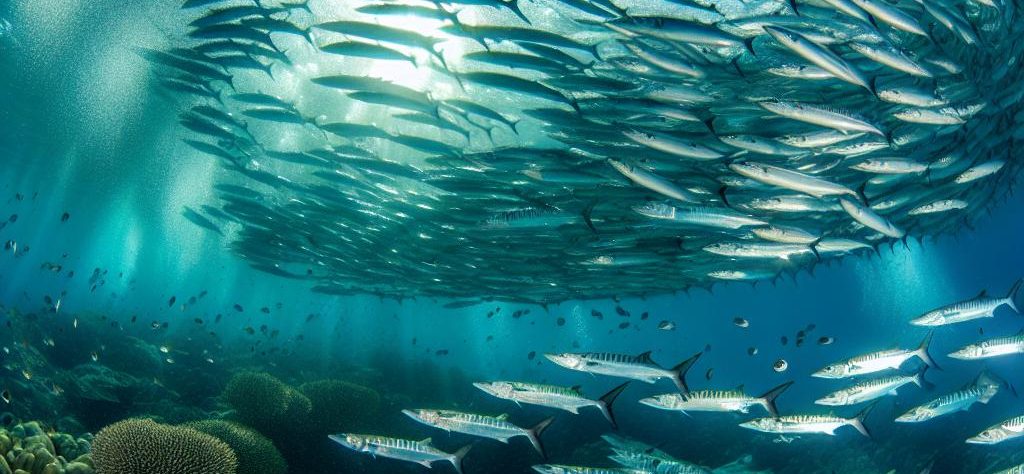The Bioluminescent Plankton Experience
As night falls and darkness envelops coastal waters around the world, a mesmerizing natural phenomenon often comes to life: bioluminescent plankton. These microscopic organisms, glowing brilliantly, create a stunning light show in the ocean. The spectacle is not just visually captivating; it offers insight into the fascinating interactions of marine life and the intricacies of ecosystems. This phenomenon results from the unique ability of certain marine organisms to produce light through intricate chemical reactions within their bodies.
Scientific Explanation
At the heart of bioluminescence in plankton is a biochemical process that involves a light-emitting molecule known as luciferin and an enzyme called luciferase. The interaction between these components, in the presence of oxygen, leads to the emission of light. This natural process is especially prevalent in dinoflagellates, a type of plankton that typically produces a bluish-green glow. The light emission is often a response to physical stimulation, such as the movement of water or the presence of swimming marine life. Through this emission of light, bioluminescent organisms engage in various ecological roles, whether to deter predators, communicate, or attract prey.
The chemistry behind bioluminescence is a vivid example of nature’s adaptive ingenuity. By emitting light, these organisms can startle or mislead predators, enhance their visibility to potential partners, or help illuminate surrounding areas to attract other creatures that may serve as prey. The complexity and purposes of bioluminescence underline its significance in the survival strategies of marine organisms.
Distribution and Viewing Spots
Bioluminescent plankton can be found in numerous coastal regions globally, although the intensity and visibility of the display can vary based on local environmental conditions. Certain hotspots have gained fame for their striking displays and consistent occurrences of bioluminescence.
One notable location is the Mosquito Bay on Vieques Island in Puerto Rico. Renowned for its vibrant glow, this bay is home to large concentrations of dinoflagellates, creating a stunning visual ambiance at night. Another significant site is the coastal lagoons of Tasmania, Australia, where the clear, pristine waters provide an exceptional backdrop for observing the luminous display. Additionally, the picturesque beaches of the Maldives offer another ideal venue for this natural wonder, thanks to the low levels of ambient light pollution, which enhance the visibility of the plankton’s glow.
For those eager to witness these vibrant spectacles, it’s advantageous to choose destinations with optimal conditions for viewing. Enthusiasts should also explore various resources to learn more about planet-wide occurrences and specific viewing opportunities. Therefore, understanding global locations where bioluminescence is prominent is crucial for planning an unforgettable experience. Learn more about global locations.
Optimal Viewing Conditions
To fully appreciate the wonder of bioluminescent plankton, certain viewing conditions are preferable. The display is best observed on dark, moonless nights, as excess light from the moon or artificial sources can overpower the brilliance of the natural glow. Moreover, calm weather enhances the viewing experience, as still waters allow for clearer visibility of the luminescent organisms when waves gently stir them or when fish move through their midst.
Optimal seasonal conditions and timing also play a pivotal role. Warmer months often see an increase in plankton populations, making bioluminescence more pronounced. Observers should also aim to avoid windy or stormy weather where rough waters could impair visibility and diminish the overall experience.
Impact on Ecosystems and Tourism
Bioluminescent plankton are not just a dazzling visual phenomenon; they play an integral role in marine ecosystems. As a key component of the ocean’s food web, they serve as a vital source of nourishment for various marine organisms, supporting biodiversity in these aquatic habitats. In this way, their presence sustains the complex interdependencies between different marine species, highlighting their ecological significance beyond their luminous allure.
In recent years, this natural display has emerged as a significant attraction for eco-tourism. Coastal areas known for bioluminescent activity have seen a rise in visitors eager to witness the ethereal glow, leading to an increase in guided tours and excursions designed to showcase this spectacle responsibly. While the growing interest in viewing bioluminescence has economic benefits, such as boosting local tourism, it also places emphasis on sustainable practices. It is crucial that tourism is managed in a way that mitigates environmental impact and ensures the conservation of these delicate habitats.
In conclusion, the bioluminescent plankton experience provides an unparalleled opportunity to observe one of nature’s most enchanting light shows. The combination of scientific wonder and visual splendor makes it a sought-after encounter for nature enthusiasts. While enjoying this remarkable phenomenon, it is imperative for individuals and tour operators alike to conduct their activities with respect and care for these ecosystems. By supporting conservation efforts, we can ensure the preservation of bioluminescent habitats, allowing future generations to revel in and learn from these natural wonders.
Witnessing the glow of bioluminescent plankton is more than just a visual feast; it is an invitation to appreciate and participate in the stewardship of our planet’s rich marine heritage.

